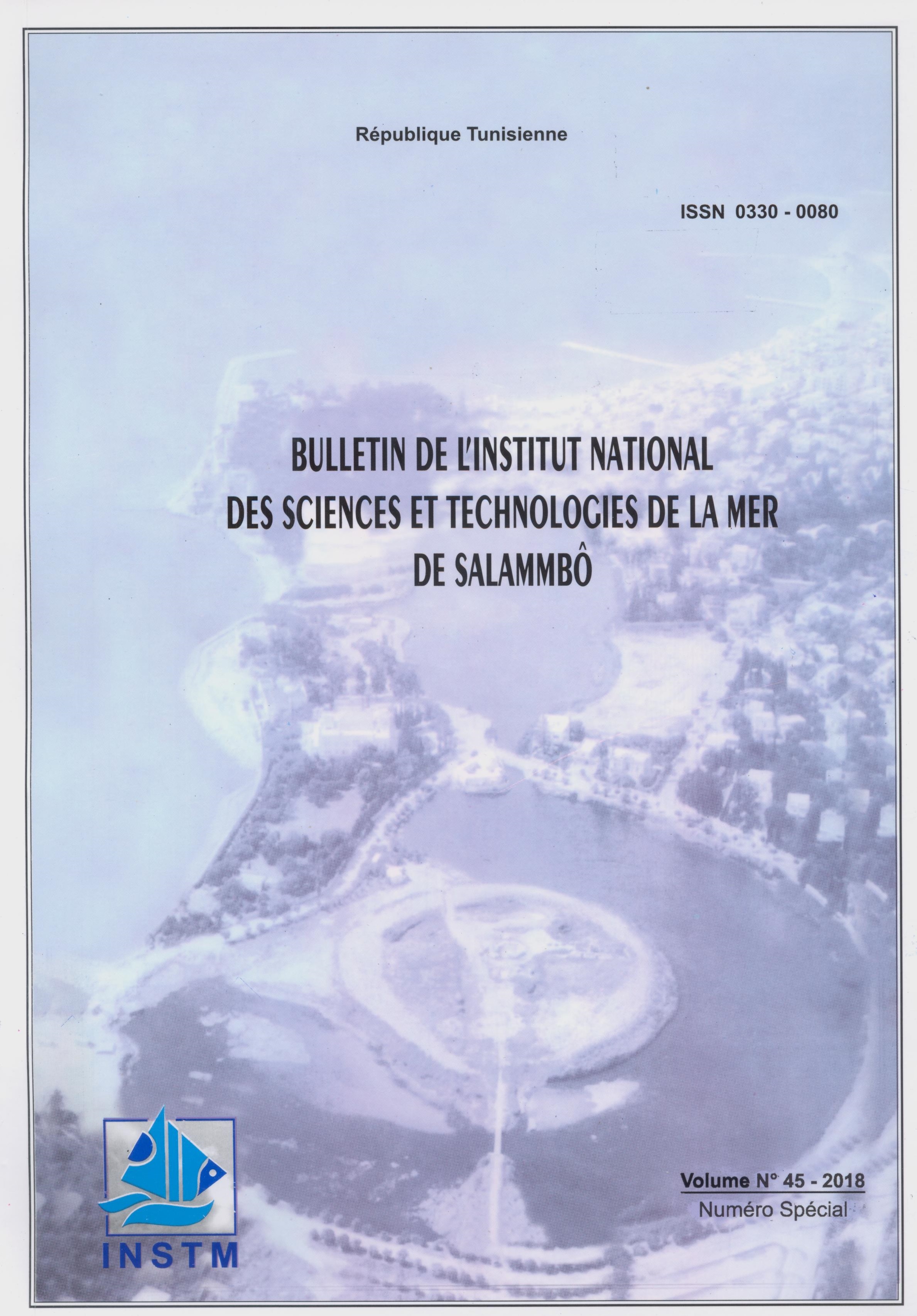Détection des parasites entériques (Giardia duodenalis, Toxoplasma gondii) dans les mollusques bivalves de littoral Tunisien
DOI:
https://doi.org/10.71754/instm.bulletin.v45.123Keywords:
Coasts, Cysts, Shellfish, Parasites, Detection, Nucleotide sequence, DNA, Marine molluscs, Seawater, PCR, Marine, Mytilus galloprovincialis, Pinctada radiata, Ruditapes decussatus, Perna perna, TunisiaAbstract
In Tunisia, to date, no studies have been carried out to establish the sea contamination by emerging protozoan parasites in shellfish. In order to estimate sea water contamination by emerging protozoan parasites we used qPCR to molecularly characterize and evaluate the parasitic burden of Giardia duodenalis and Toxoplasma gondii in four species of bivalve mollusks (Ruditapes decussatus, Mytilus galloprovincialis, Pinctada radiata, Perna Perna). So, 1255 individuals of wild bivalves were collected along Tunisian coasts and tested to detect and quantify these parasites. G. duodenalis and Toxoplasma gondii were detected in 5,7% (99% CI=1.6–12.2%) pools of Ruditapes decussatus. Among these infected pools, 6,6 % were positive for the detection of T. gondii Type I while 1,6 % were infected by the protozoon G. duodenalis assemblage A. Among the specimens, R. decussatus harbored up to 77500 oocysts/sample of T. gondii and up to 395 cysts/sample of G. duodenalis. These results confirm the presence of the zoonotic protozoan parasites in the Tunisian coasts that can constitute a direct or indirect risk for human health.













